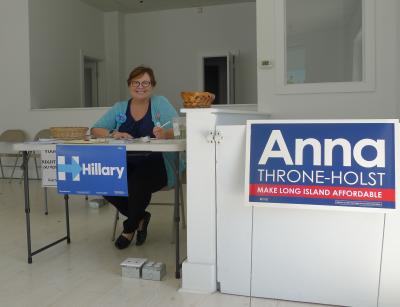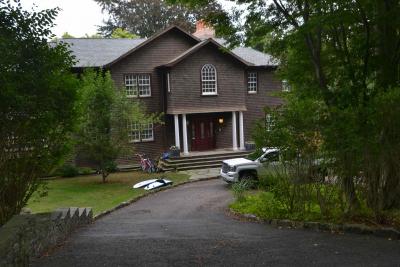Government Briefs 09.15.16
Government Briefs 09.15.16
Southampton Town
On Clearing for Solar Panels
The Southampton Town Board held off on approving an amendment to its energy code that would allow more clearing for ground-mounted solar energy systems. A change to the amendment prevented the board from taking action after its most recent public hearing, on Tuesday. The board is expected to approve the changes in the coming month.
Ground-mounted solar panels with at least a 5,000-kilowatt output that take up no more than 4,500 square feet would be exempt from the total clearing currently under the proposal. Homeowners could clear up to 2 percent more to make way for such a system. The recommendation came from the town’s sustainability committee. The change the board is making pertains to allowing electrical equipment outside a house if it is not feasible to place it inside.
Suffolk County
Committee on Ticks Is Revived
The Suffolk County Legislature agreed on Sept. 7 to re-establish its tick control advisory committee in connection with the newly created Tick Research and Management Program. A few months ago, Legislator Bridget Fleming was successful in including funding in the 2017-19 capital budget for tick surveillance and management, calling tick diseases a public health crisis.
The committee will be made up of 16 members, mainly representatives of health-related organizations or designees of public agencies, Legislator Fleming said. They will meet three to four times a year to review tick control methods and management options.
The committee was established by then-legislator Jay Schneiderman in 2014. Legislation at the time called for the committee to be disbanded after completion of a 2015 vector control report. Ms. Fleming said it became clear that the county’s arthropod-borne disease laboratory found the committee helpful and wanted it re-established.
“Tick-borne illness . . . deters locals and tourists alike from enjoying our world-class parks and natural resources,” Ms. Fleming said in a statement. The surveillance and management program, she said, “is to develop a plan to control the tick population in Suffolk County efficiently and effectively, and to serve as a national model for addressing this public health crisis.”




